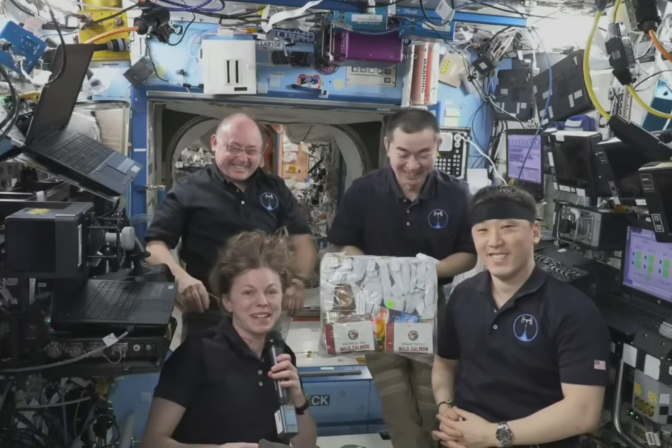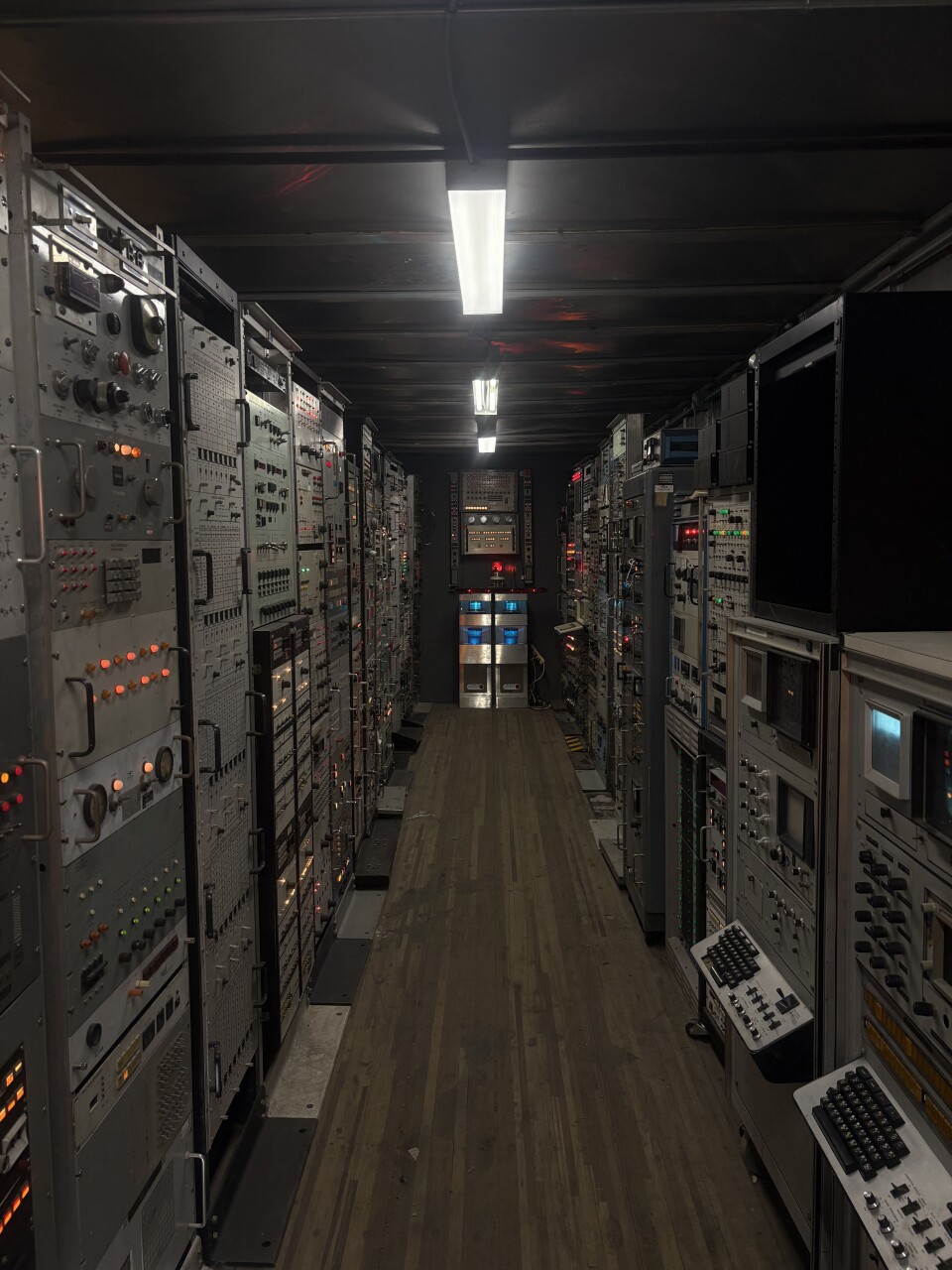Topline:
Fall in Southern California can bring on warm feelings about holidays, pumpkin spice or — for fans of Big Bear’s famous bald eagles — nesting season.
Why it matters: Jackie and Shadow, the feathered couple that star in a popular YouTube livestream focused on their nest overlooking Big Bear Lake, are preparing to potentially welcome new eggs — and chicks — in the coming months.
The backstory: Jackie usually lays eggs in January. But they could come as late as March, as seen in 2019, according to Friends of Big Bear Valley, the nonprofit that manages the livestream.
What's next: Sandy Steers, executive director of the organization, encouraged eager viewers not to have expectations from nature — Jackie and Shadow know when the time is right, she said.
Read on ... to learn more about Jackie and Shadow's parenting saga.
Fall in Southern California can bring on warm feelings about holidays, pumpkin spice or — for fans of Big Bear’s famous bald eagles — nesting season.
Jackie and Shadow, the feathered couple that star in a popular YouTube livestream focused on their nest overlooking Big Bear Lake, are preparing to potentially welcome new eggs — and chicks — in the coming months.
Jackie usually lays eggs in January. She laid three eggs in each of the past two seasons. But the eggs could come as late as March, as seen in 2019, according to Friends of Big Bear Valley, the nonprofit that manages the livestream.
Sandy Steers, executive director of the organization, encouraged eager viewers not to have expectations from nature — Jackie and Shadow know when the time is right, she said.
“Every year is different,” Steers told LAist. “You just have to watch and see what they choose.”
Preparing for new life in the nest
The nest is a bit of a mess lately, Steers said, but the bald eagle duo has been fixing it up to mark the beginning of nesting season.
Jackie and Shadow have been bringing in fresh sticks to furnish the nest, which is about 5.5 feet wide and 6 feet deep toward the top of a Jeffrey pine tree. Friends of Big Bear Valley called it the couples' "nestorations."
The eagles even broke their daily stick record last Saturday, stopping by with at least 28 sticks (Jackie with 15, Shadow with 13), according to Friends of Big Bear Valley records.
The previous single-day record was 25. There may have been more last Saturday, but eagle watchers aren't sure because the livestream cameras, which are usually on around the clock, were on for only about four hours.
Recent livestream interruptions
The pair of wildlife cameras run off a 24-volt solar system that recharges during the day, but recent stretches of heavy cloud cover and snowy solar panels have caused issues and intermittent outages.
“The batteries got completely run down,” Steers said. “So as soon as they would click back on, it wouldn't take very long before they ran down again.”
Friends of Big Bear Valley has been taking both cameras offline overnight to conserve power, but the organization is hopeful a few sunny days in the forecast will get the batteries, and livestreams, back up and running again normally.
What to expect in the coming months
Jackie and Shadow are expected to continue to bring sticks throughout nesting season before they start "flirting" with each other, as Steers calls it.
“They start … getting more interested in each other and bumping into each other in the nest,” she said. “Jackie is usually the one to flirt the most, and Shadow says, ‘I don't know if I'm ready for that yet.’”
The duo typically starts mating toward the end of the year on perch trees near the nest and away from the cameras (maybe the eagles want some privacy too?).
Then, the wait is on.
Jackie will start to show certain behaviors when an egg is incoming, including lingering on the nest longer, Steers said. She will have contractions before laying the first egg and potentially one or two more in the days after.
During the most recent season, Jackie laid the first egg Jan. 22, the second Jan. 25 and the third Jan. 28 as thousands of fans watched online. In 2024, she laid the first egg Jan. 25, the second Jan. 28 and the third Jan. 31.
Jackie and Shadow's three chicks during the hatching process in March 2025.
Jackie and Shadow's three chicks on March 7, 2025. One of the chicks later died, while Sunny and Gizmo successfully fledged a few months later.
Each season is a bit different for Big Bear’s bald eagles, and Steers said there aren’t standard markers people can depend on for hints at the egg-laying timeline.
But Steers said she wouldn’t be surprised if eggs arrive a bit later than usual this upcoming season, partly because of the weather.
It was unseasonably hot in Big Bear Valley this fall compared to previous years, and Jackie and Shadow usually respond to cooler winter weather before they get serious about nesting season, according to the organization.
The past season also was the first time the couple successfully raised two bald eagle chicks instead of one. Sunny and Gizmo fledged — meaning flew away from the nest for the first time — earlier this year.
“I'm sure it was a lot more work than with just one,” Steers said. “So I think that had something to do with them needing a longer break.”















